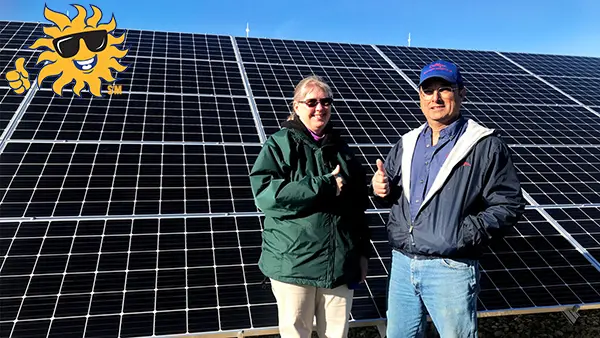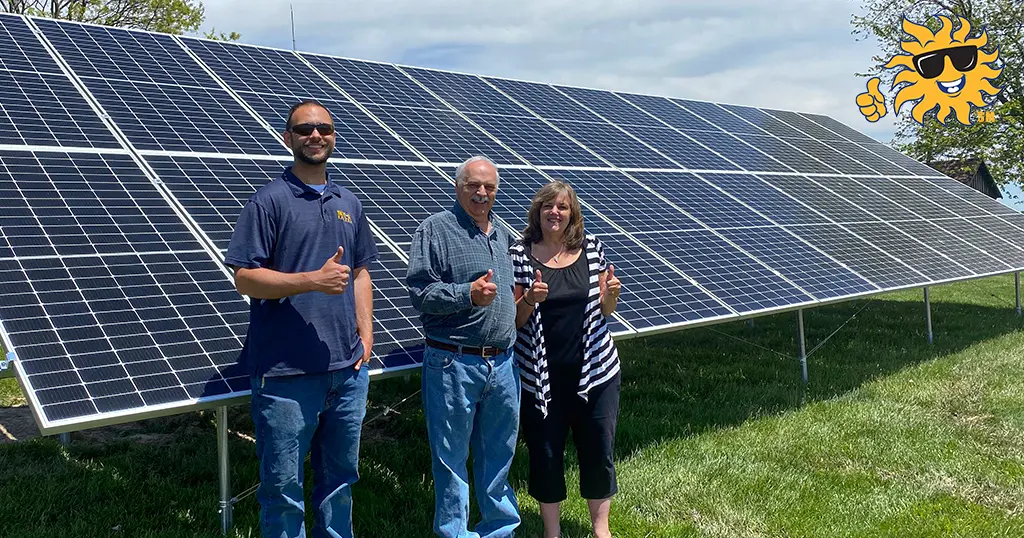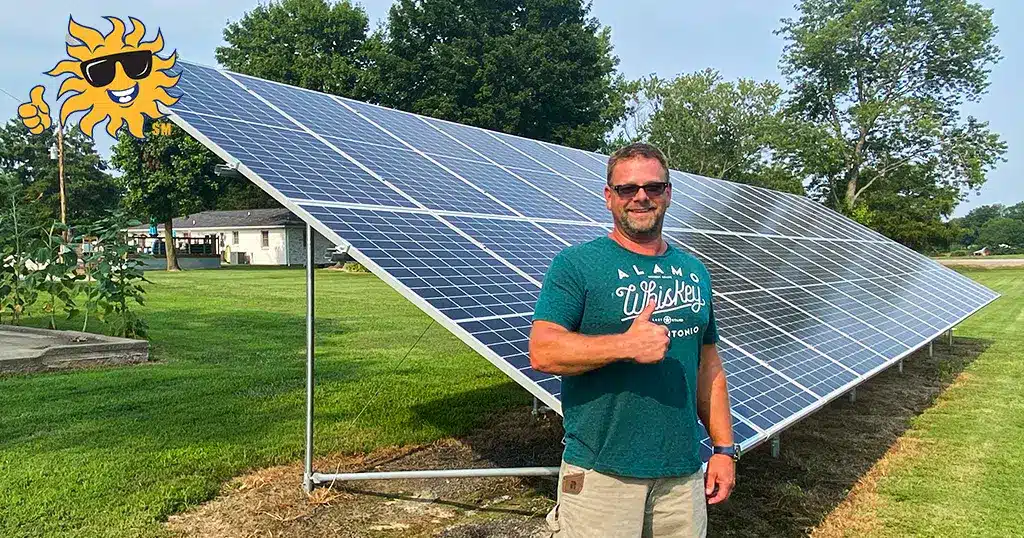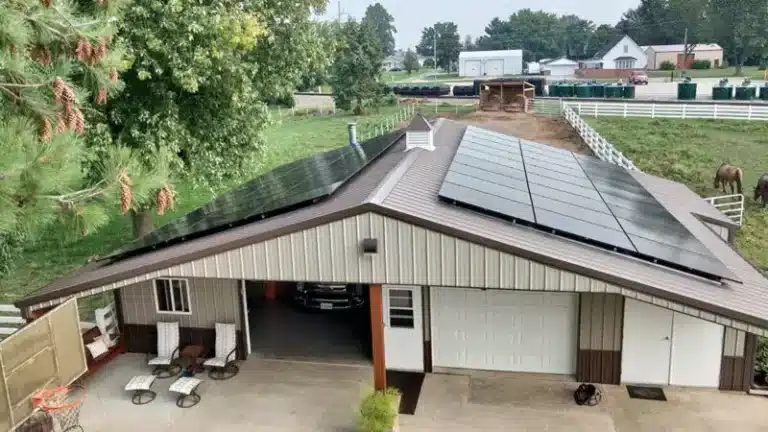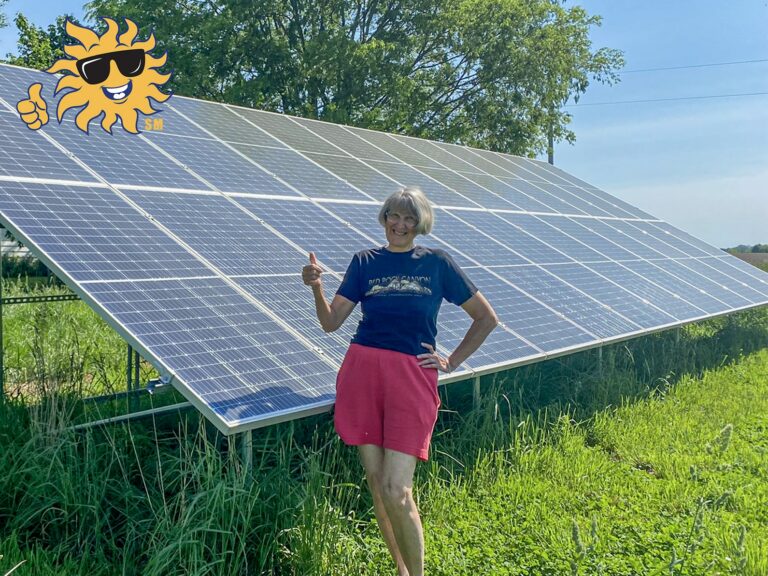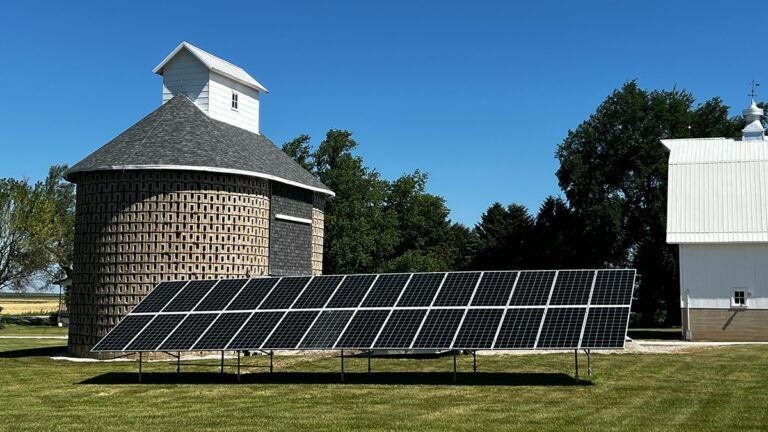Find the Perfect Solar Power System for Your Home
Solar power provides homeowners a tremendous opportunity to reduce electricity costs, capture lucrative solar incentives and boost your home’s property values. Tick Tock Energy can help you create the perfect solar system for your property.
Generating Your Own Solar Energy is a Great Feeling
Generating your own clean electricity offers many benefits, significantly lowering your electricity costs while promoting sustainability. By owning your own solar energy system, you can enjoy greater energy independence, reduce electricity costs, and own a valuable financial asset that will shelter you from electricity inflation over a long period of time.
As a full-service solar contractor, Tick Tock Energy can help you from start to finish. From project planning and sizing strategies, navigating solar incentive applications understanding utility net metering and interconnection policies, and performing energy, utility bill, and financial analyses, we’re here to help you make an informed decision.
Boost Energy Independence
Many of our customers generate a major portion their annual electricity needs with solar power. If you electrify existing fossil-fuel appliances such as water heaters to heat pump water heaters, install a geothermal HVAC system, or purchase an electricity vehicle, installing solar can can help power those loads and reduce your reliance on the grid and potentially eliminate propane or natural gas services.
Cut Your Electricity Bill
A solar system that you own can help generate a portion or all your electricity needs, offering an easy way to significantly lower your electric bill.
Protect Against Inflation
As the value of the U.S. dollar drops, the price of goods and services goes up. Let the sun be your long-term source of clean electricity to shield you from rising electricity costs.
Boost Your Property Value
It’s well documented that that homes with solar typically sell for a higher value. A rule of thumb is home value may increase about twenty times for each one dollar in electricity savings generated by solar. We’re a PEARL certified solar contractor and provide a report after solar installation which documents the value-add solar offer and banks recognize.
Residential Solar Incentives
Lucrative incentives can help offset the cost of solar and make for a quicker return on your investment (ROI). In Illinois, the SREC incentive is available via the Illinois Shines program making it a top choice for residential home improvements. For Ameren & Comed customers, additional incentives apply.
Federal 30% Investment Tax Credit (ITC)
This is a dollar-for-dollar offset of tax liability. Up to 30% of eligible solar system installation costs can qualify for a tax credit. This credit is applied for on your tax return, not a check that is paid to you, but is a great opportunity for most.
Solar Renewable Energy Credits (SRECs)
SRECs provide an outstanding solar incentive that helps homeowners recoup a solar system’s investment. In Illinois, SRECs can potentially cover 20% to 40% of your total solar investment. SRECs accrue as solar electricity is generated and are typically paid out quarterly or at other intervals defined by each state.
Ameren / Comed Rebates for Smart Inverter and Distributed Generation (DG)
For Illinois consumers served by these major utility companies, a Smart Inverte Rebate (SIR) is now available in place of full net-metering. Battery energy storage is now also incentivized via the Distributed Generation Rebate.
Solar Power Options for Residential Homes
There are many creative ways to make your home solar installation a reality. Explore our popular installation options and see how you can make your sustainability and cost-cutting goals a reality.
Solar Power Options for Residential Homes
There are many creative ways to make your home solar installation a reality. Explore our popular installation options and see how you can make your sustainability and cost-cutting goals a reality.
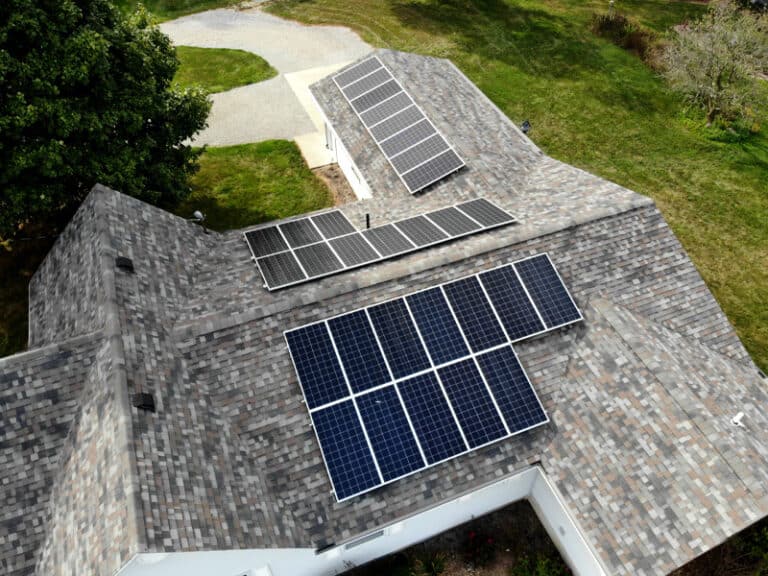
Roof-Mounted Solar Panels
Tick Tock Energy is proud to offer affordable and energy cost-saving solar panel roof mounts. Our expert solar consultants carefully factor structural and building code issues to provide the right solar panel roof mount solution to homes throughout the Midwest.
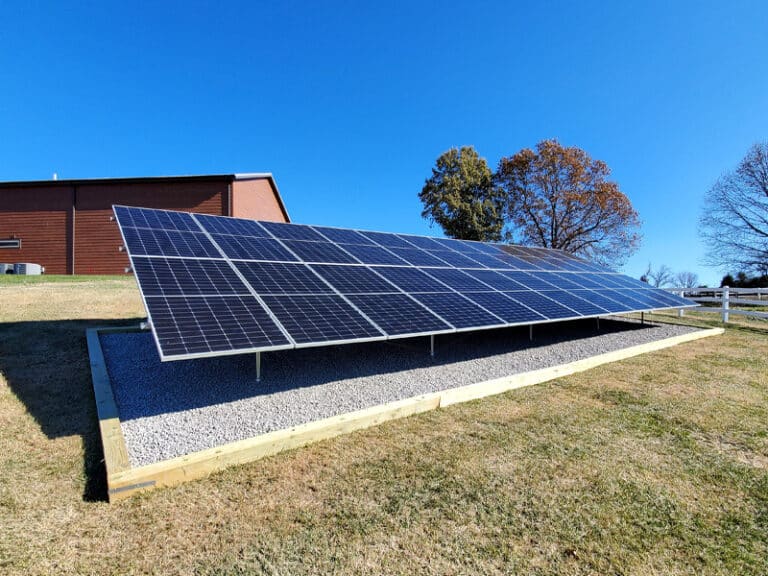
Ground-Mounted Solar Panels
Ground-mounted solar considerations are economical installations and eliminate the need for rooftop work. Open frame structures allow greater ventilation of the panels, improving electrical efficiency of the solar array since solar cell efficiency drops under hot summer temperatures.
AllEarth Solar Trackers
Generate up to 40% more power per kilowatt of solar panel capacity. AllEarth solar panels can rotate and track the sun from morning to evening, capturing significantly more energy per unit of solar panel than fixed (non-tracking) solar arrays.
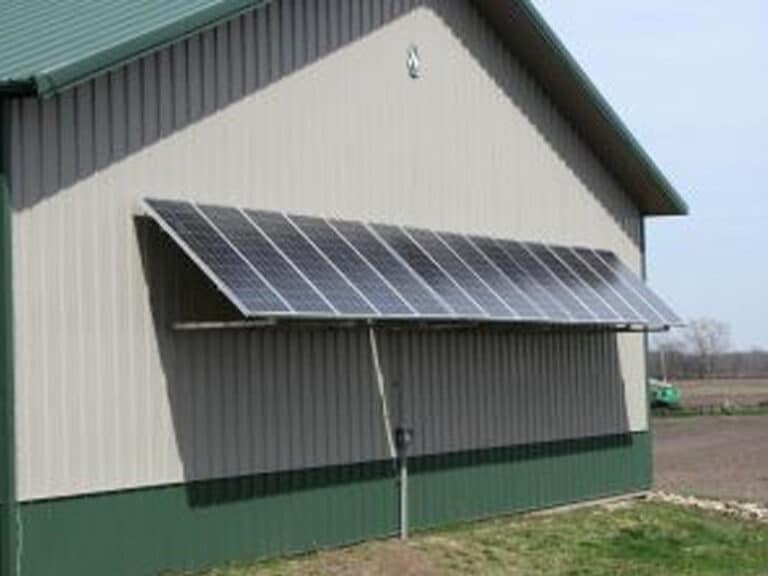
Wall-Mounted Solar Awnings and Patios
Wall-mounted solar arrays help shade your home while reducing air conditioning loads for additional energy savings. Solar patios provide shade in the backyard or around the pool and look great! These creative solutions are designed to work-around sites with limited roof space for solar panels or better sun capture.
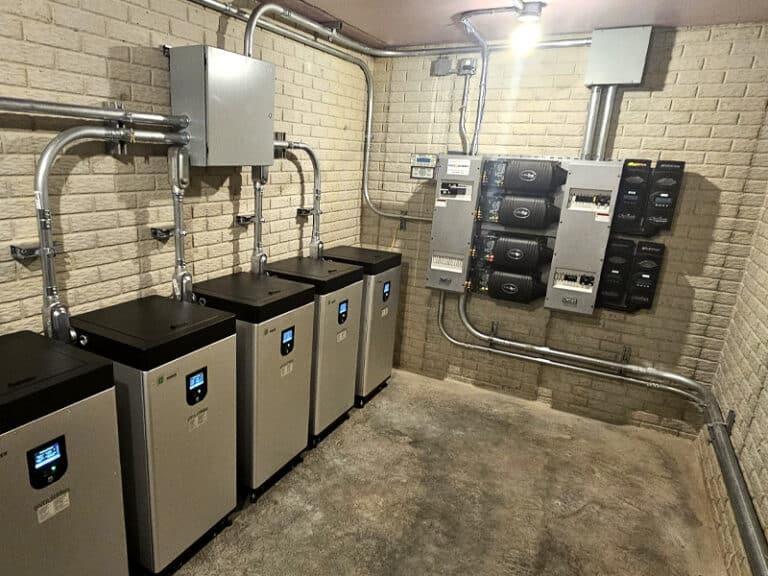
Off-Grid Solar and Demand Management
When the grid goes down, a standard grid-tied solar array will also not operate. However, Tick Tock has many options for utilizing your solar in off-grid mode. From an AC-coupled battery backup for handling emergency power needs to providing demand management capability, Tick Tock has you covered.
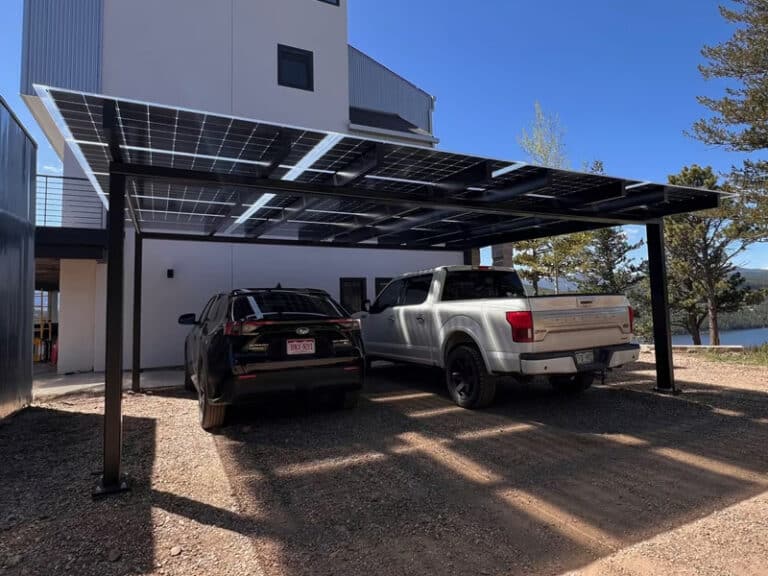
Solar Carport Systems
We partner with Lumos Solar and provide innovative solar carports, canopies and awnings. Residential solar carports are a great way to shelter your vehicle, generate electricity, and utilize driveway or parking space. This can be a great architectural addition to your home. Perfect for the homeowner that doesn’t want solar on their roof.
Ready to Turn Sunshine to Cash Savings?
Get Your Solar Quote Today
Tick Tock Energy is ready to help you optimize your energy production and significantly decrease your electricity bill. To discuss your power needs with an expert, request a free quote today.
See Our Residential Solar Work
Tick Tock has helped countless homeowners across the Midwest enhance the value of their property and reduce their utility costs with solar power systems. Explore our recent installations below.
Our Customers Are
Thumbs up for solar
